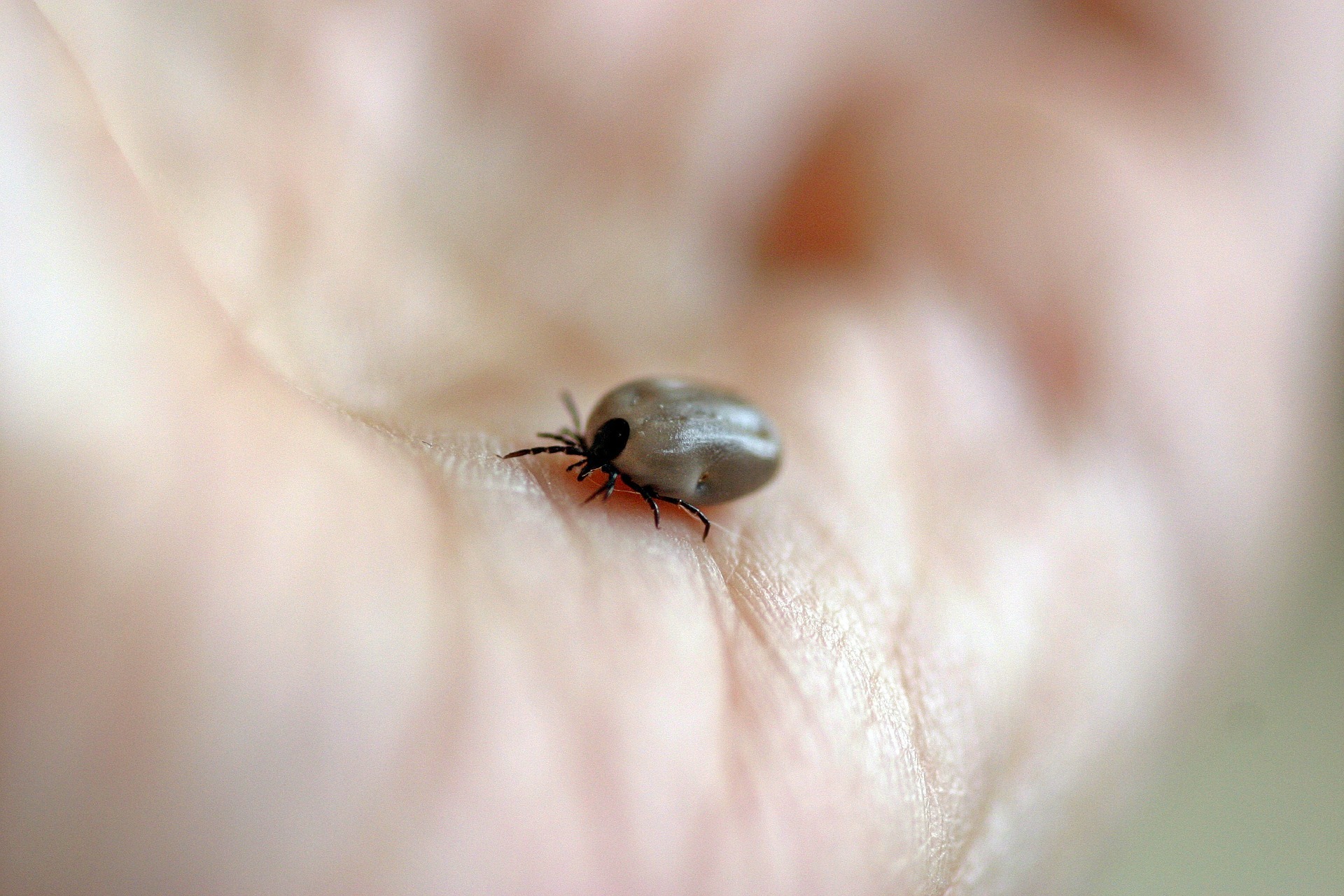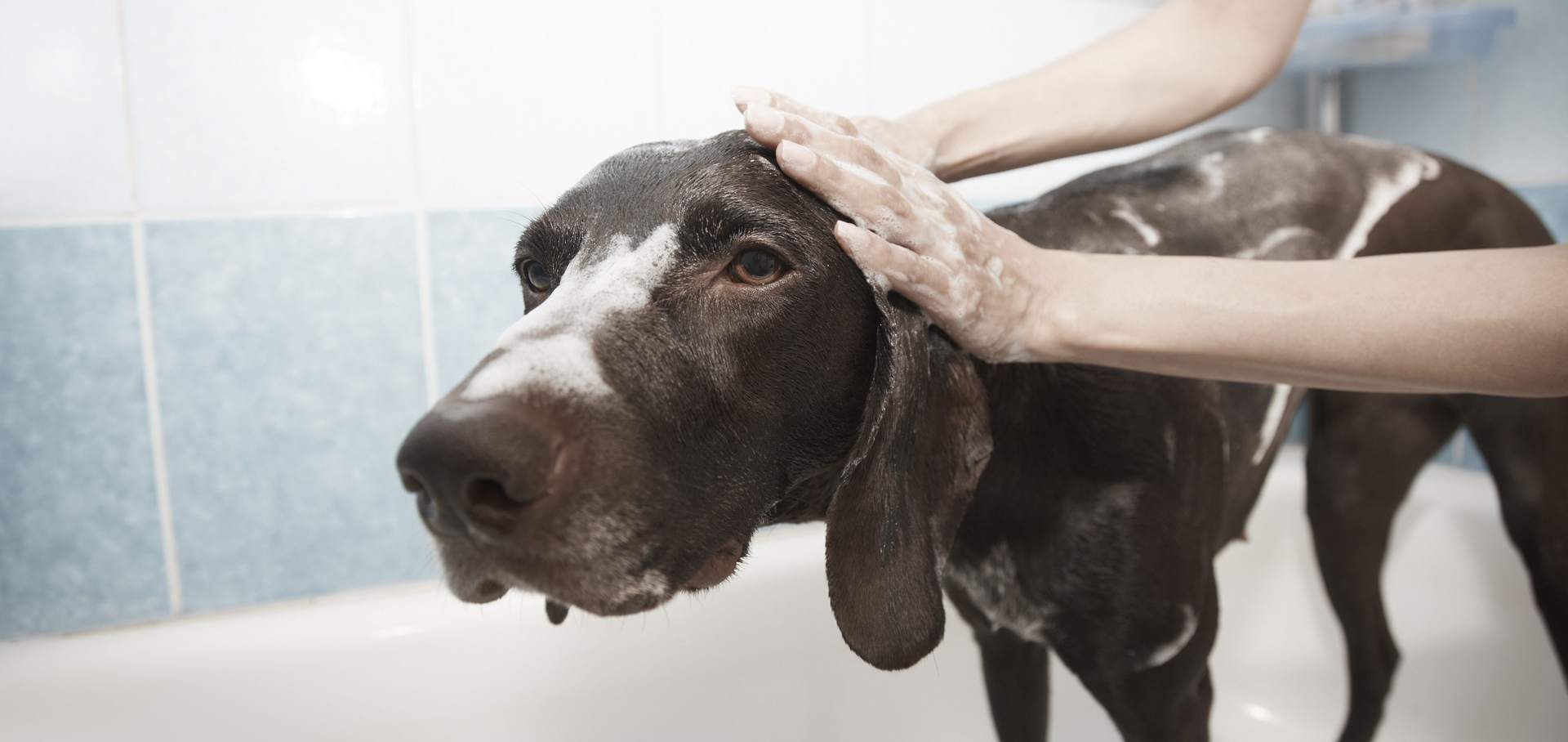How to identify and remove ticks from your pet
Our helpful guide on how to identify if your pet has a tick and how to safely remove them
As temperatures rise in spring and summer, ticks become more active, posing increased risks to dogs and humans alike. Whether you're a pet owner or a professional groomer, understanding how to identify and safely remove ticks is crucial for your dog's health and well-being.

Why Ticks Are a Summer Concern
Ticks thrive in warm, humid environments and are commonly found in grassy, wooded, or bushy areas. In the UK, tick activity peaks between spring and autumn, with a significant increase during the summer months. Dogs are particularly susceptible during walks in parks, countryside trails, or even in back gardens.
These parasites can transmit serious diseases, including Lyme disease and babesiosis, which can affect both dogs and humans. Symptoms in dogs may include lethargy, loss of appetite, fever, and in severe cases, kidney failure. Prompt detection and removal of ticks are essential to prevent these health issues.
How to Identify a Tick on Your Dog
Ticks are small, spider-like creatures that can vary in size from a pinhead to a fingernail, depending on how engorged they are with blood. They can appear in colours ranging from cream or grey to dark brown. Once attached, they often resemble small warts or skin tags.
Common areas where ticks attach include:
- Head and ears
- Neck
- Armpits
- Groin area
- Between toes
Regularly check your dog, especially after outdoor activities, by running your hands over their body to feel for any unusual lumps or bumps.
How to Safely Remove a Tick
Essential Tools:
- Fine-tipped tweezers or a tick removal tool (available at pet stores)
- Gloves (optional but recommended)
- Antiseptic solution or soap and water
Step-by-Step Guide:
- Prepare the Area: Ensure you and your dog are calm. If possible, have someone assist you in keeping your dog still.
- Expose the Tick: Gently part your dog's fur to reveal the tick.
- Grasp the Tick: Using tweezers or a tick removal tool, grasp the tick as close to the skin's surface as possible.
- Remove the Tick: With steady, even pressure and pull the tick out slowly, don’t pull straight up, you need to gently twist to ensure the head is removed. If using a tick removal tool, follow the manufacturer's instructions, which often involve a twisting motion.
- Clean the Area: After removal, clean the bite area and your hands with antiseptic or soap and water.
- Dispose of the Tick: Place the tick in a sealed container or flush it down the toilet. Avoid crushing it with your fingers.
Post-Removal Care
Monitor the bite area for signs of infection, such as redness, swelling, or discharge. If you notice any unusual symptoms or if part of the tick remains embedded, consult your veterinarian promptly.
Preventing Tick Infestations
For Pet Owners:
- Use veterinarian-recommended tick prevention treatments, such as spot-on treatments, oral medications, or tick collars.
- Keep your garden tidy by regularly mowing the lawn and removing leaf litter.
- Avoid walking your dog in areas known for high tick populations during peak seasons.
For Groomers:
- Conduct thorough checks for ticks during grooming sessions, especially in high-risk seasons.
- Educate clients about the importance of regular tick checks and preventive measures.
- Maintain a clean and tick-free grooming environment by regularly disinfecting tools and surfaces.
By staying vigilant and proactive, both pet owners and groomers can play a vital role in protecting dogs from the dangers of tick-borne diseases, especially during the warmer months when ticks are most active.



